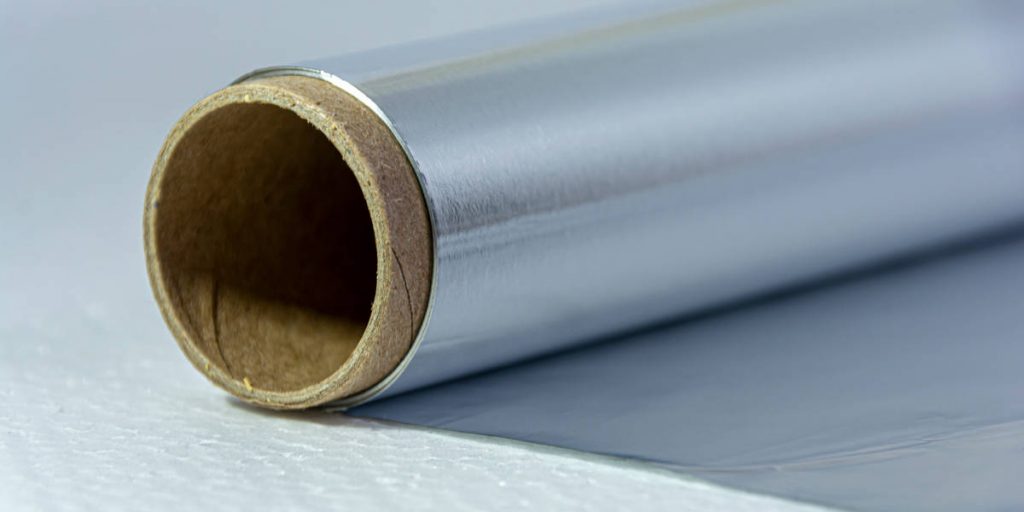What is the safest distance from the 5G cell System?

If you've ever wandered through a town, you may have seen tiny mini 5G cell towers on street light poles. They look like small boxes, but they're actually broadcasting wireless signals from mobile providers to your mobile.
These smaller towers are replacing larger, purpose-built cell towers. While they're not as noticeable but they can still create problems for those who live nearby.
The FCC's Radiation Exposure Thresholds
The FCC's Radiation Exposure Thresholds define the safe distance that one can expose to electromagnetic energy generated by wireless devices. The limits for exposure are based upon scientific research which show that the energy of RF can be harmful to human health.
The specific absorption rate (SAR) is a measure of the radiofrequency energy that is absorbed by tissue. It is typically 1.6 watts per kilogram, averaged over one kilogram of tissue.
But, since 5g operates at higher frequencies, it has the potential to create more energy on the skin and other directly-exposed body areas. This can lead to various potential harms, including exacerbated formation of skin disorders like dermatitis, cataracts, and skin cancer.
Because of the potentially severe effects of 5g radiation, PSU has chosen to establish a general, localized maximum power density of four mW/cm2 measured over 1 cm2, but not to exceed 30 minutes for all 5G services running at 3000 GHz. This localized limit is consistent with the highest SAR spatial-average of 1.6 W/kg, averaged over one 5 grams of body tissue, at 6 GHz.
The FCC's Maximum Exposure Thresholds
If you've ever used a mobile phone, you probably know that a safe range from the tower is at least 400 meters. This is due to the power of the transmission of a cell tower increases dramatically the further the tower is.

Although this may sound like a good idea, the reality is that those living close to towers could be more vulnerable to health problems. For instance, a 2014 study in India discovered that people living within 50 meters of cell towers experienced much more health problems than those living further away from the antennas.
But, the study revealed that those who relocated to areas that were further from cell towers noticed their symptoms improve within a couple of days. Other studies have shown that exposure to high frequencies of radiofrequency electromagnetic fields (EMFs) can cause brain tumors, cancers as well as other health issues.
This is due to the fact that RF radiation, used in wireless communication, can penetrate the body's outer layer, the skin. It is vital to be aware of this because the skin acts as a protective barrier against injury to the body, infection caused by pathogenic microorganisms and entry of toxic substances. Additionally, best emf protection for phone is the most important organ in the human body and is accountable for protecting other organs.
The FCC's Minimum Exposure Thresholds for the Minimum Exposure
The FCC's Minimum Exposure Thresholds are based on several assumptions that are not supported by evidence from science. These include the erroneous assumption that exposures to RF radiation are safe due to minimal radiation penetration in the human body (i.e., tissue heating).
This assumption does not take into account the greater penetration of ELF components of modulated RF signals as well as the effects of short bursts of heat caused by RF pulses. These assumptions are not in line with current understanding of the biological effects of RF radiation. Therefore they should not be relied upon for health-protection exposure standards.
Additionally to best emf protection for phone , ICNIRP and FCC are limiting their maximum limit of exposure to the local SARs that are based on the maximum speed of spatial absorption (psSAR), which can be described as not a reliable dosimetric instrument for determining the level of exposure to RF radiation. Particularly the psSAR tool is not accurate for frequencies that exceed 6 GHz. In addition, psSAR is not been tested for RF radiation with co-exposure to other environmental agents such as sunlight. In the event of interactions, RF radiations with different agents in the environment could cause synergistic or antagonistic results. This would result in an increased risk of negative health adverse effects. For instance, exposure to RF radiation with sunlight may cause an increase in the incidence of skin cancer and exacerbate other skin conditions like acne.
